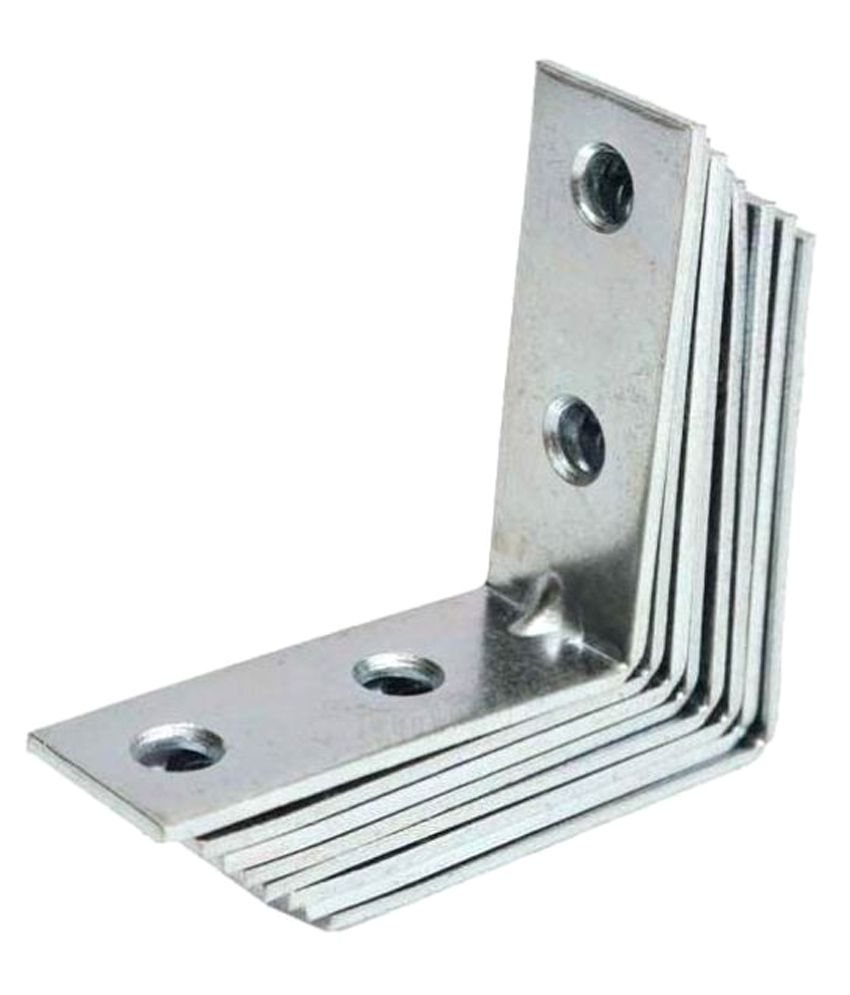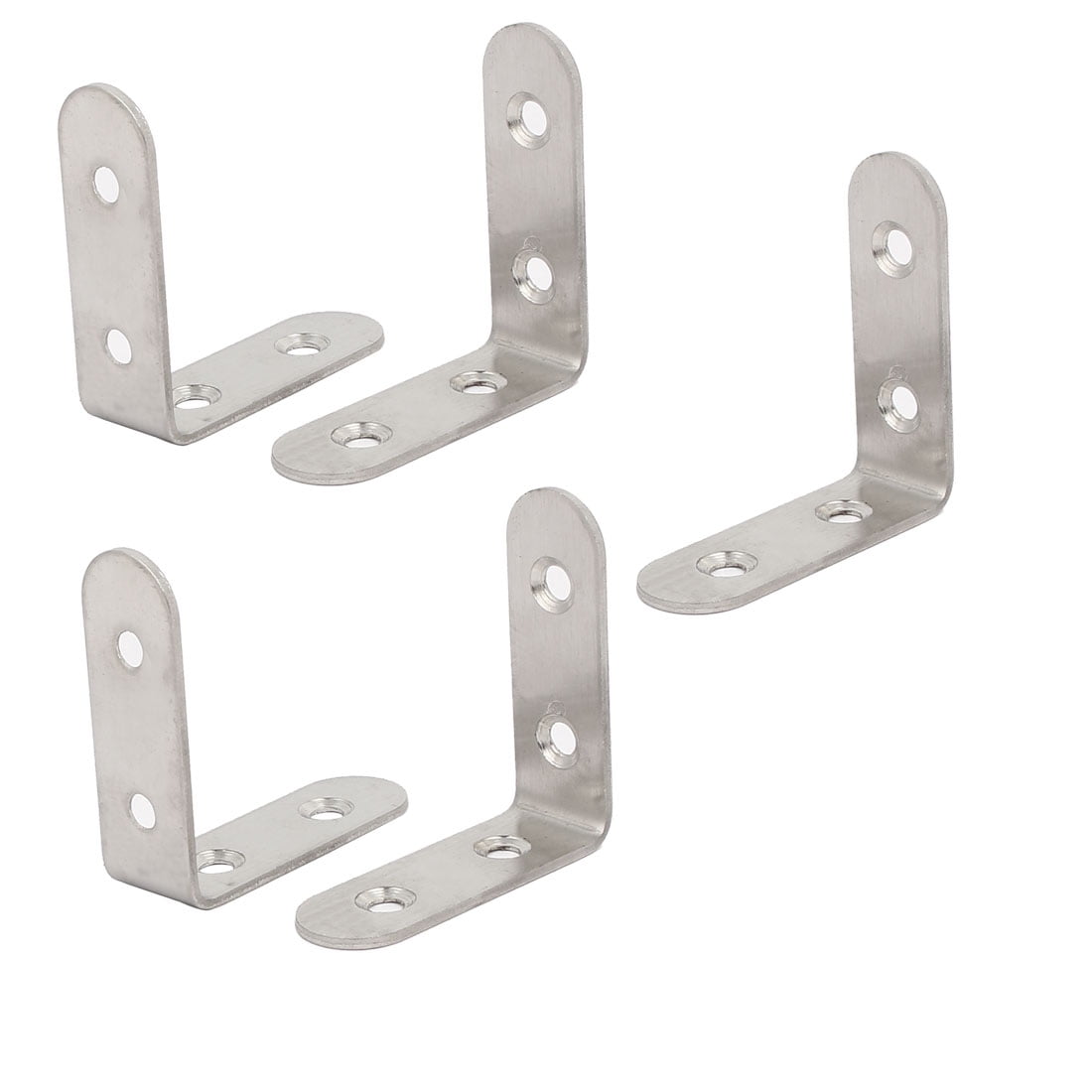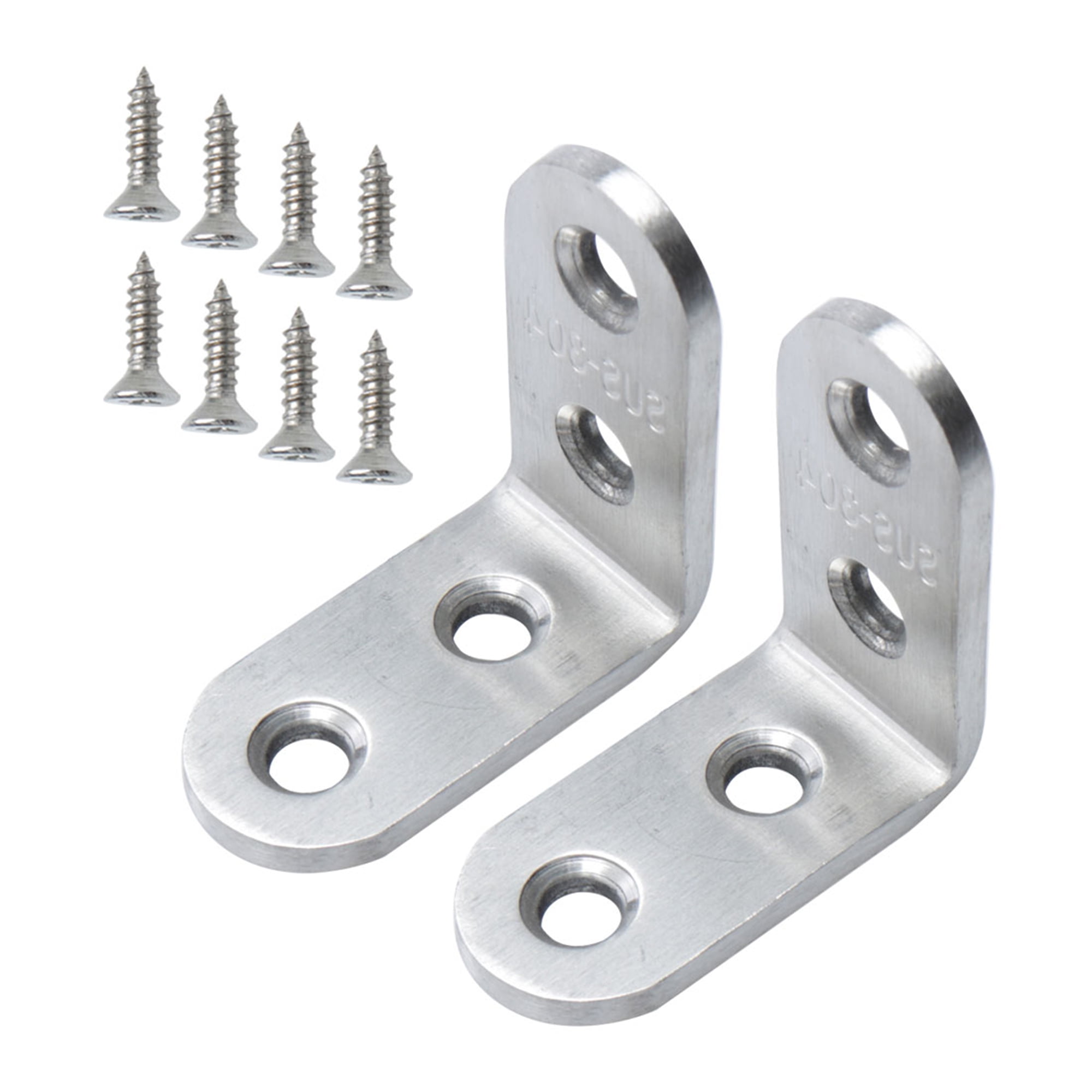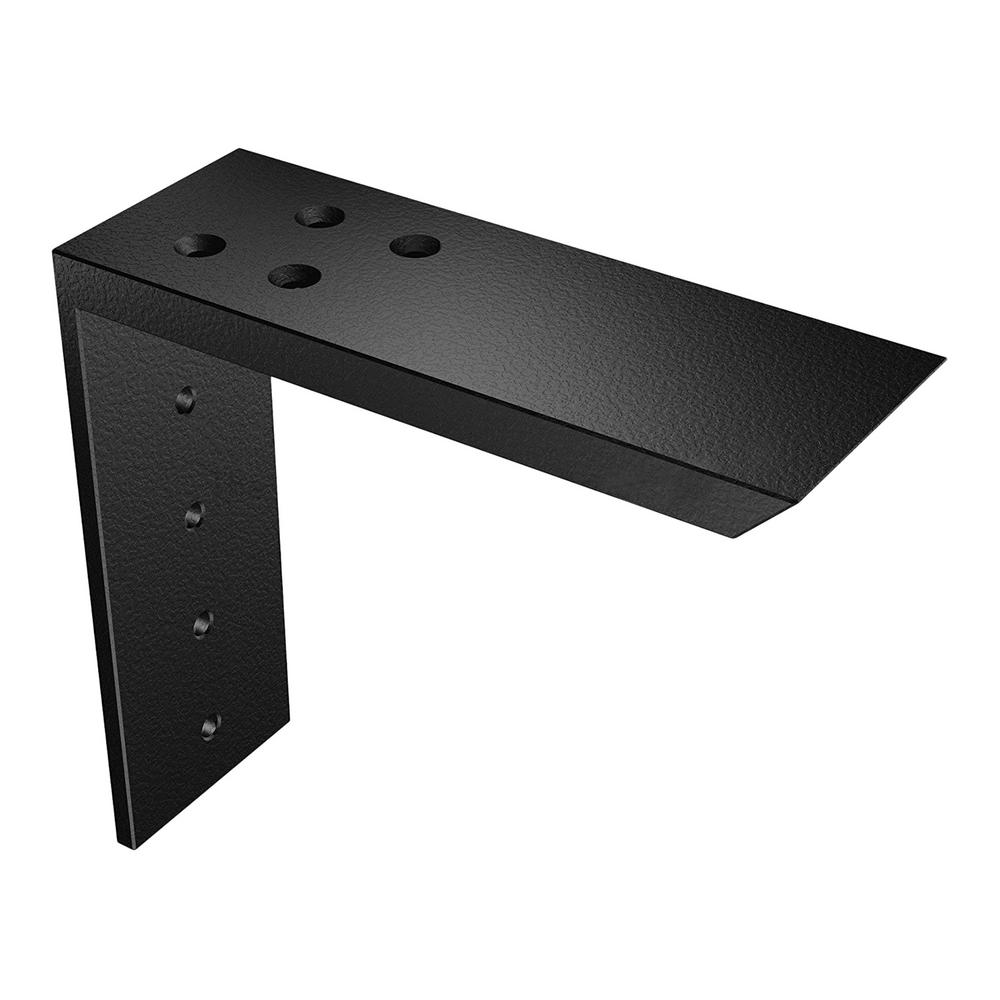

Most of the side plate is open, with the tripod plate fitting running along two arms. It’s constructed from two plates of aluminum, joined securely with a hex bolt. Like most of the plates here, rubber pads run along the top of the plate to protect the underside of the camera, and there’s a slot for a hand strap to be attached. The chunky camera-mount screw has a D-ring to enable hand-tightening, but is also supplied with a hex key to fully secure the plate to the camera. The ‘open’ side plate didn’t allow cable access to the cameras we triedīenro’s bracket has a shorter base plate than the Zhiyou, but it fits both a full-sized DSLR and a full-frame mirrorless, thanks to the camera screw that slides from left to right along the base plate. This bracket is really designed for the more square shape of bigger pro-grade cameras, such as the Nikon D6 (opens in new tab), or when a battery grip is fitted to the camera. The RC4 dwarfs our test Z7 to the point of being difficult to use the controls, and even felt like overkill on the D850. Other features include a level bubble, and a pullout peg to prevent the camera rotating.



The RC4 comes with a Y-shaped ruler to measure the distance between the lens barrel and plate the idea is you set the same distance between the lens and both the base and side plates, so the centre of the lens is perfectly lined up in both portrait and landscape orientation. Further variations are the Q2, fitted with 200PL-14 plates, and the Q5, which uses 501PL plates. While the other brackets come with an Arca Swiss fitting, the RC4 is compatible with Manfrotto’s 410PL quick-release plate Arca Swiss plates slide along the length into a tripod mount, while this clicks into a fixed position on the tripod head. On our Nikon Z7 (opens in new tab), everything was accessible.Īnother thoughtful touch is that the slide plate edges are contoured, to enable flip-out screens to be easily accessed.įeels over-engineered to do a relatively simple jobīy far the most substantial bracket here, Manfrotto’s RC4 is a one-piece design and is constructed from magnesium. The headphone and mic sockets were still blocked by the bar across the top of the plate, but these aren’t used for the type of stills shooting scenarios for which L-brackets are designed. On our Nikon D850 test DSLR, we were able to access the HDMI and USB sockets. Rather than the camera attachment screw sliding along the length of the base plate, there are two slots for them to slide across the width of the plate, and this enables the opening on the side plate to be aligned with the connector door openings. Like the Benro and Zhiyou brackets here, it’s crafted from two pieces of aluminum, but the key difference is that while the rival brackets’ plates are fixed in place, here hex keys can be loosened to slide the base plate along rails, to snugly fit the shape of your camera. Neither color option blends in well with a black camera set-upĪvailable in a striking copper orange or a (slightly) more sober metallic slate gray finish, the Ellie certainly is eye-catching.


 0 kommentar(er)
0 kommentar(er)
